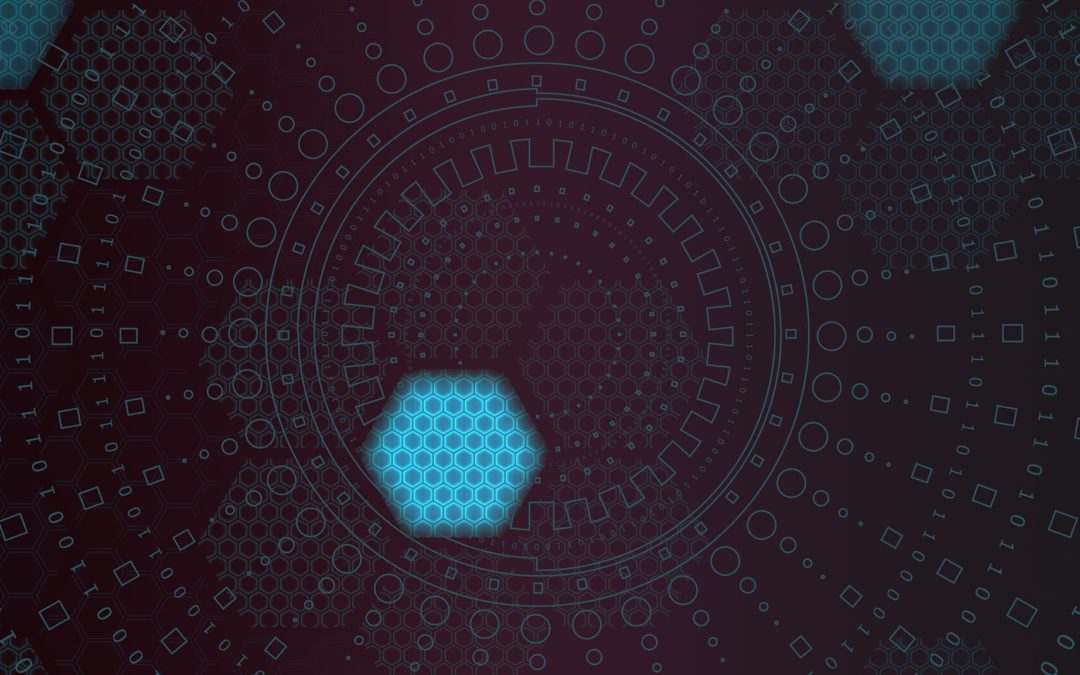NFT: what the non-fungible tokens are
Browsing through the articles on blockchain, cryptography and tokens, a mysterious initials have began to appear more and more frequently.
NFT is in fact the acronym for non-fungible token. Generally, a token consists of digital information recorded in the blockchain that associates a particular right, such as a property, to a subject. The best known fungible tokens that belong to this category are the one used as cryptocurrencies (such as Bitcoin).
But what distinguishes NFTs is precisely their non-fungibility, i.e. non-interchangeability: their usefulness is therefore evident since they can provide a unique representation of a given asset, whether real or digital.
Deepening the characteristics of these tokens, therefore, uniqueness, scarcity, indivisibility (they can be sold, purchased, transferred only entirely) are included.
As NFTs are located in the universe of the blockchain, it is interesting to underline that their use allows to demonstrate and certify the intellectual property of the object in question: regardless of the transfer of its ownership, its attribution will always remain in the hands of the creator. The certainty provided by the blockchain also makes them a proof of authenticity.
Another aspect that distinguishes them from fungible tokens are the standards on which their creation is based such as ERC-20, or ERC-721.
However, this brief introduction on the more technical aspects is useful to understand the applications that NFTs concretely have, which are increasingly gaining ground: one of them relates to the world of art and it can be analyzed from two points of view.
First of all, NFTs allow to tokenize real assets so they can represent physical artworks, but on the other hand they have given a big boost to the digital art and crypto art market, based precisely on the exchange of works digitally created by artists, which find an increasingly booming place to buy and sell on various platforms (such as SuperRare, Rarible, Makerplace and many others).

